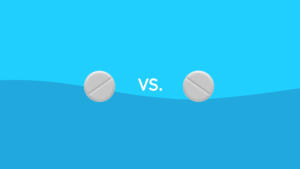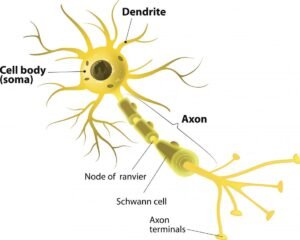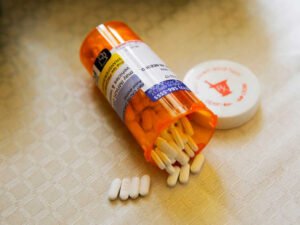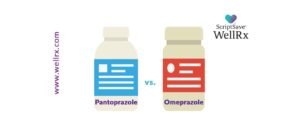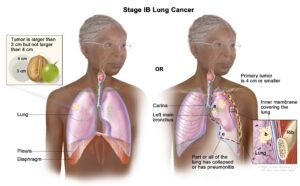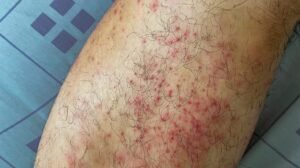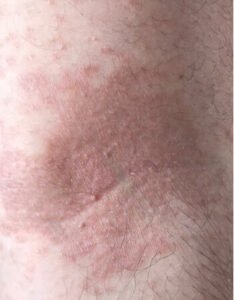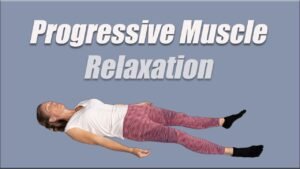Parsonage-Turner Syndrome_ Causes, Phases, and Prognosis
Understanding Parsonage-Turner Syndrome: Causes, Phases, and Prognosis
Parsonage-Turner Syndrome (PTS), also known as Brachial Neuritis, is a neurological disorder that results in severe pain and muscle weakness in the shoulder and arm. It primarily affects the brachial plexus—a network of nerves under the arm that connects the cervical nerves from the neck to the shoulder and extends into the arm. While PTS usually involves the brachial plexus, it can also affect other peripheral nerves in the body.
What Causes Parsonage-Turner Syndrome?
The precise cause of Parsonage-Turner Syndrome remains unclear. However, it is believed to occur due to a combination of immune responses triggered by infections, physical trauma, or other factors such as surgery or vaccination. Some cases may result from autoimmune diseases or other underlying health conditions. Parsonage-Turner Syndrome can also be hereditary in a form called Hereditary Neuralgic Amyotrophy (HNA), which is caused by a mutation in the SEPT9 gene.
Symptoms of Parsonage-Turner Syndrome
PTS typically presents as sudden, severe pain in one shoulder or arm, which may also be accompanied by muscle weakness and atrophy. Symptoms can vary in severity and duration across different individuals. The condition progresses through several stages:
Acute Phase
In the acute phase, individuals experience sharp, burning, or throbbing pain, often accompanied by a loss of sensation or weakness. The pain is usually localized to one side of the body, affecting the shoulder, neck, or arm. This stage may last from a few hours to several weeks.
Chronic Phase
As the acute pain begins to subside, the individual may still experience muscle weakness, atrophy, and decreased range of motion. Symptoms may include persistent discomfort, tingling sensations, or heightened sensitivity. Muscle atrophy can lead to noticeable changes in the appearance of the affected areas, including the shoulder, hands, and fingers.
Recovery Phase
During recovery, some individuals may develop complications such as subluxation (partial dislocation) of the shoulder joint or adhesive capsulitis, a condition that causes stiffness and pain in the shoulder. Circulatory issues, like swelling and discoloration of the skin, as well as abnormal sweating, may also occur.
Diagnosis and Tests
To diagnose Parsonage-Turner Syndrome, doctors typically use a combination of patient history, clinical signs, and specialized tests such as an MRI of the brachial plexus, electromyography (EMG), and nerve conduction studies (NCS). These tests help identify the extent of nerve damage and muscle involvement.
Treatment Options for Parsonage-Turner Syndrome
While there is no cure for Parsonage-Turner Syndrome, treatment focuses on managing symptoms and improving quality of life. During the acute phase, pain relief medications like NSAIDs or opioids are often prescribed. Physical therapy is essential to maintain muscle function and joint mobility. Other therapeutic options include hot-cold treatments, TENS (Transcutaneous Electric Nerve Stimulation) therapy, and, in severe cases, surgery, such as nerve grafts or tendon transfers.
In some cases, intravenous immune globulin (IVIG) therapy may help manage symptoms, though further research is needed to establish its effectiveness.
Prognosis and Long-Term Outlook
The prognosis for individuals with Parsonage-Turner Syndrome varies. While many people recover most or all of their muscle function within two to three years, some may experience lasting weakness or pain. Despite these challenges, most individuals can regain significant functionality and return to their normal daily activities.
Coping with Parsonage-Turner Syndrome
Living with Parsonage-Turner Syndrome can be challenging, especially with residual pain or limited mobility. However, many individuals recover their strength over time. It’s important for those affected to maintain an active treatment plan that includes physical therapy, pain management, and ongoing medical evaluation to ensure the best possible outcome.
Key Takeaways:
-
Parsonage-Turner Syndrome causes severe pain and muscle weakness, often affecting the shoulder and arm.
-
The syndrome progresses through acute, chronic, and recovery phases.
-
While there is no cure, treatments focus on pain management and rehabilitation.
-
Most individuals recover most of their strength within a few years, though some may have residual





